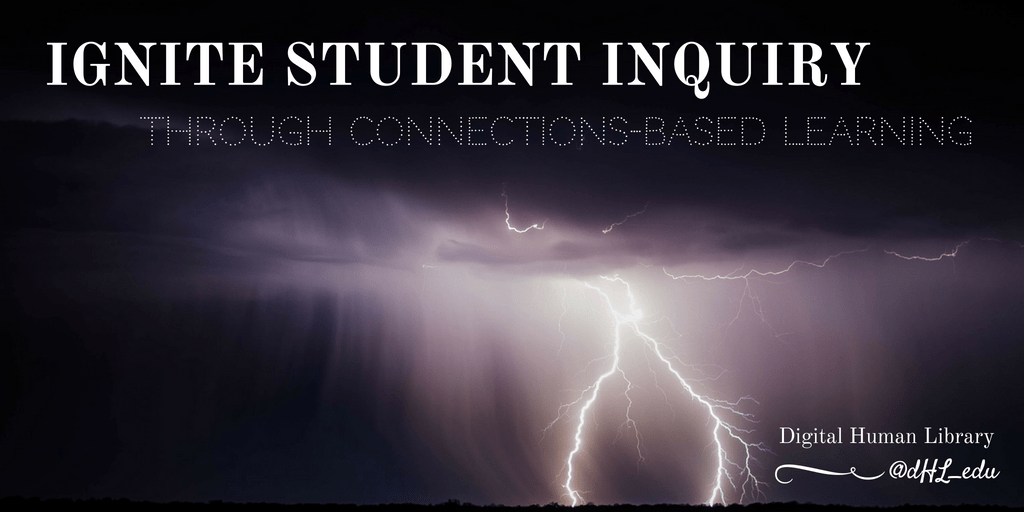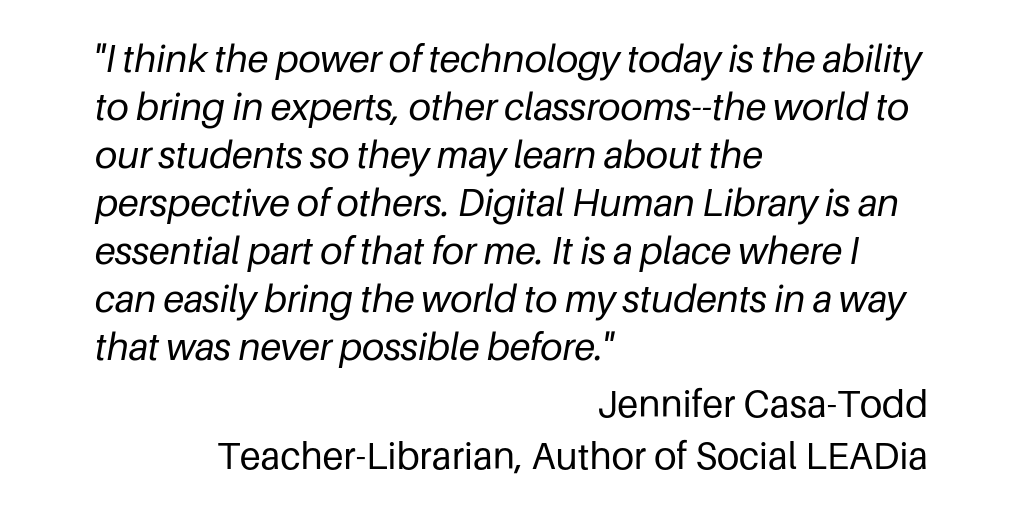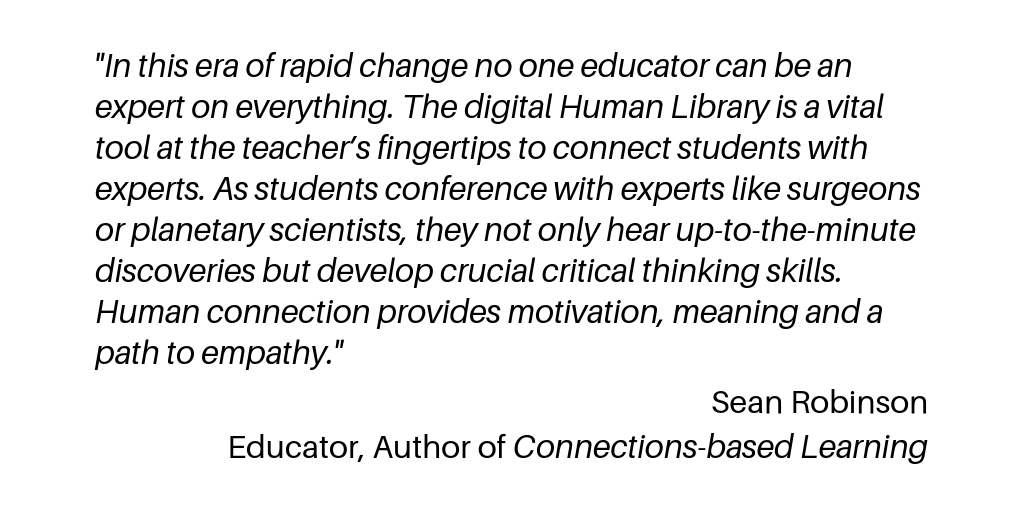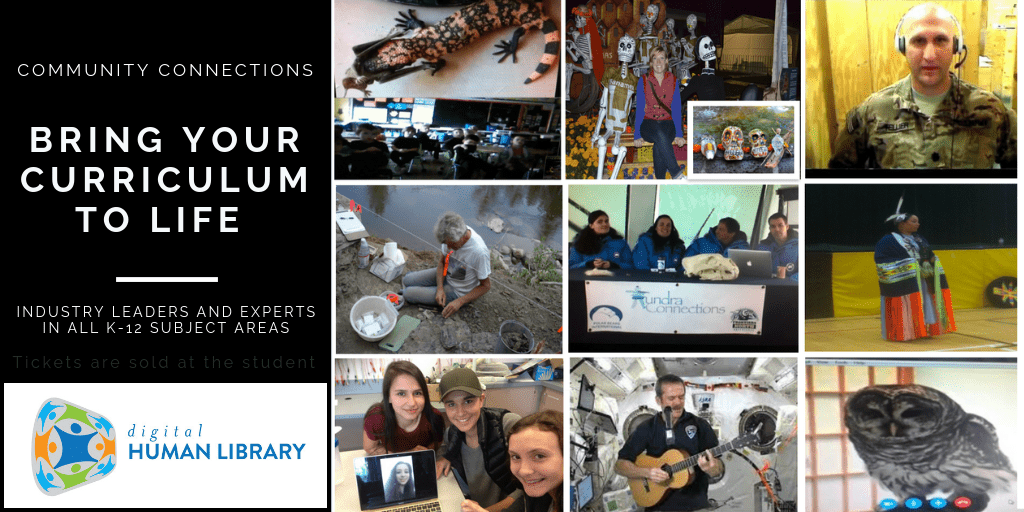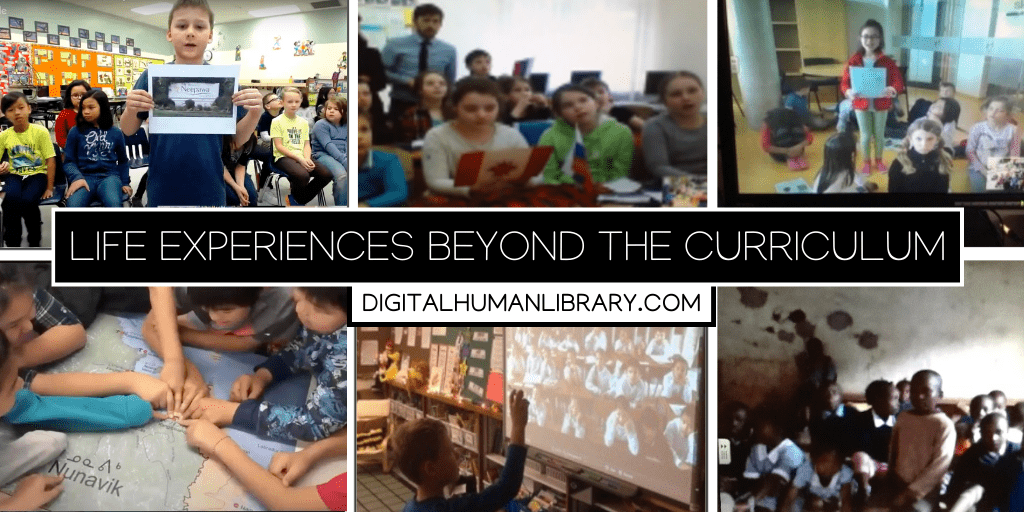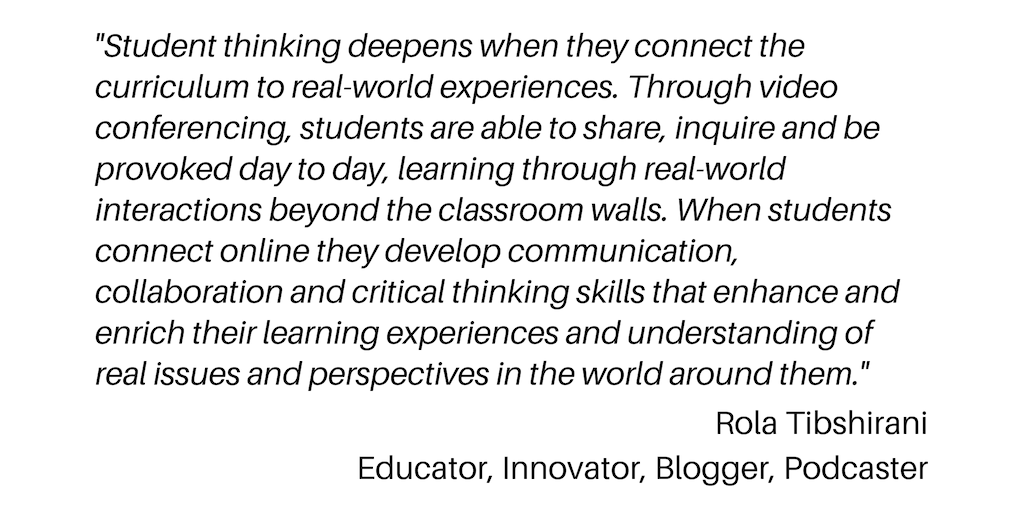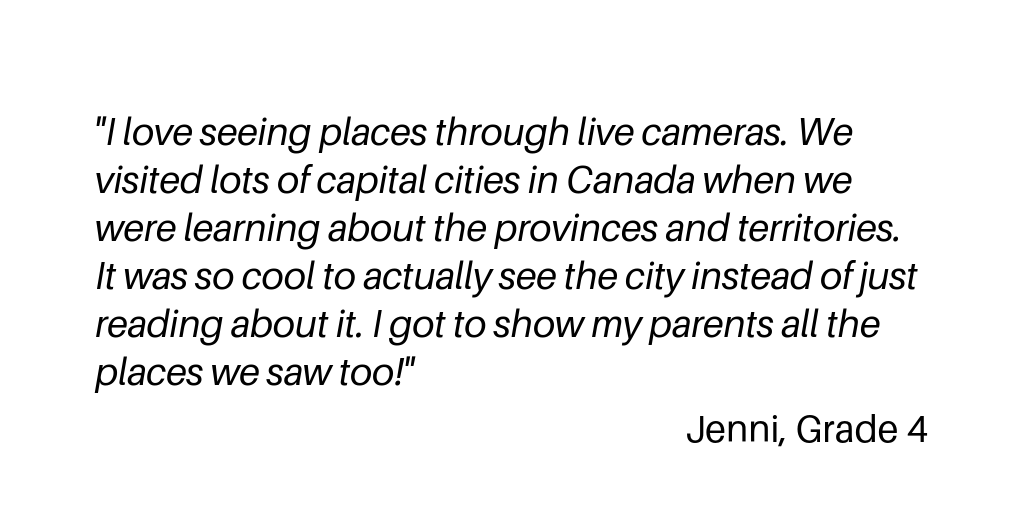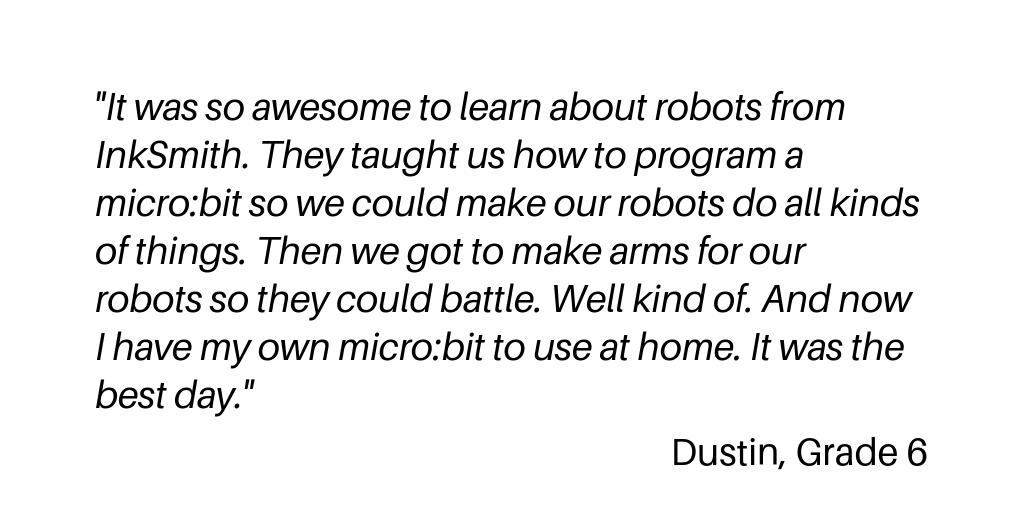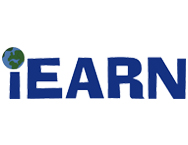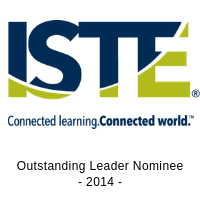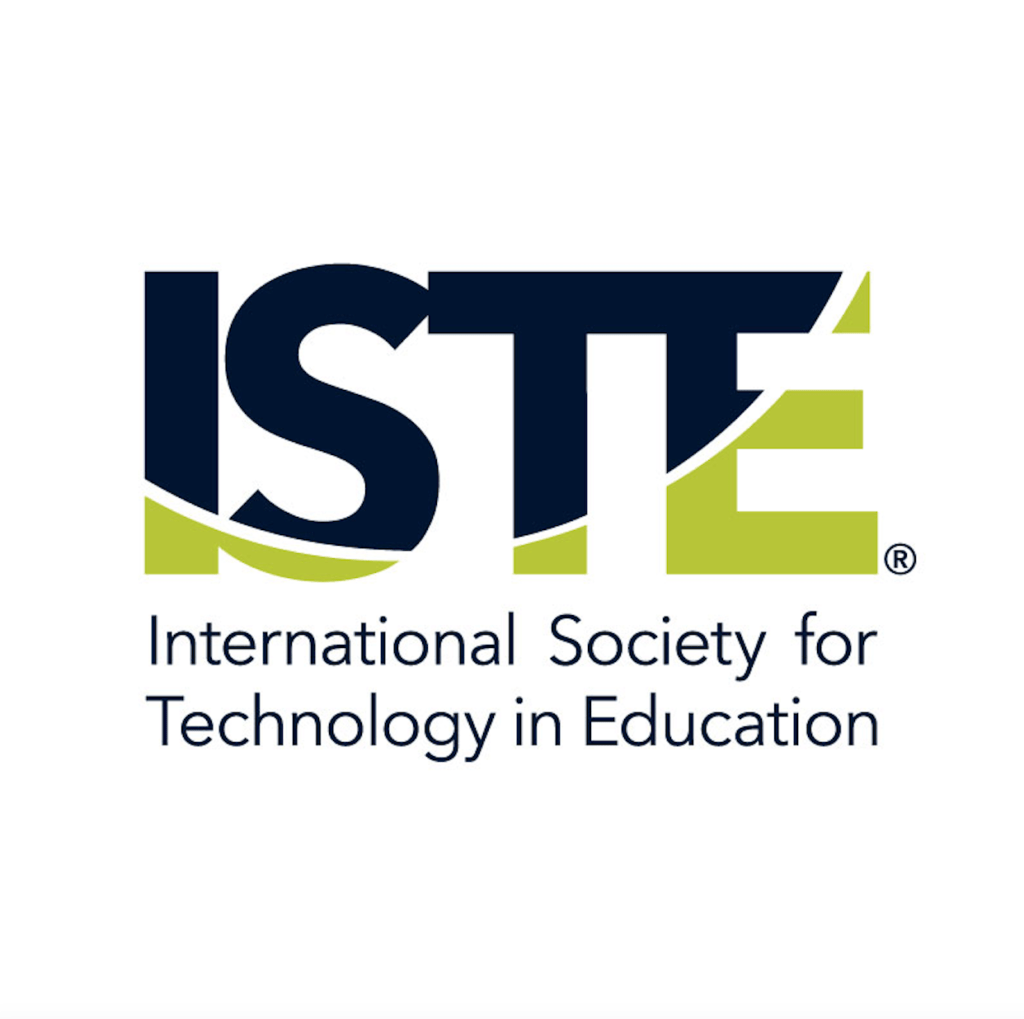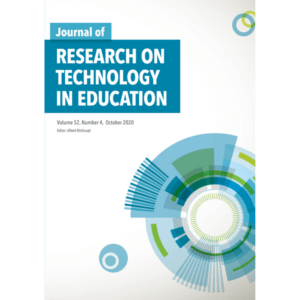 Students in today’s K-12 Canadian classroom environments are experiencing a digital transformation in education. There is an increase of online learning initiatives in the country, as well as increased opportunities for learning with digital devices in the classroom. But it’s going to take a concentrated effort between government, education and private enterprise to elevate Canada’s digital learning to higher levels.
Students in today’s K-12 Canadian classroom environments are experiencing a digital transformation in education. There is an increase of online learning initiatives in the country, as well as increased opportunities for learning with digital devices in the classroom. But it’s going to take a concentrated effort between government, education and private enterprise to elevate Canada’s digital learning to higher levels.
Distance Learning
The 2012 « State of the Nation: K-12 Online Learning in Canada » report from Michael Barbour, a professor at Wayne State University in Michigan, shows that Canada’s K-12 distance education activity is growing. In the span of 13 years, the numbers of students taking part in online learning has catapulted to almost 250,000, from 25,000 students in 2000. Most of that growth came from K-12 students participating in online education programs in Alberta, British Columbia, Ontario and Quebec, with varying levels of K–12 online education activity in the other territories and provinces.
The study also notes that regulatory agencies have been slow to work with the oncoming technology wave in schools. Barbour noted that there are some regulations about distance education in Canada’s schools. British Columbia showed the most structured regulations, while Quebec and Saskatchewan had no regulations or measures in place for K-12 distance education. This hesitation is provoking calls from some of Canada’s education leaders to bring the country up to par with online learning initiatives
Classroom Technology
As a conduit to distance learning, the multimedia classroom is expanding. These changes are seen in wide screen digital monitors in classrooms, teachers giving lessons on Smart Boards, Internet lessons facilitated via Century Link, and carts of available iPads moving from class to class.
During the past 10-15 years, classroom have slowly morphed into showcases for new technology to help guide and teach students. There is no shortage of new technology available for schools. Classrooms from Alberta to Quebec are finding new teaching uses with digital smart boards to bring lessons to life, tablets for individual learning, videoconferencing equipment to connect school and district personnel, and even interactive tabletops from SMART that help younger children with counting and science concepts.
How tablets are impacting Canada’s K-12 classrooms is still under study, according to a recent report in The Globe & Mail. In one study on iPad usage in Quebec schools in 2012, the learning advantages gained with liberal use of iPads outweighed the possible negative distractions.
The same article showed that elementary schools in the Toronto District School Board were the happy recipients of almost 185 PlayBook tablets from EMC Canada earlier this year. Other firms like Intel have released education-targeted Web tablets as well. U.S K-12 students are using Amplify tablets that K-12 schools can buy with pre-loaded Android software for different grade levels. Amplify is owned by News Corporation.
The future impact to the student experience from this change may not be known for some time. The key question remains: Given the rapid advancement of technology, how can schools prepare kids for tomorrow, when the tools we use tomorrow may already be obsolete?
Technology and distance learning continue to impact on the K-12 education experience. As technology has created a new economy and work future for many, it’s time to see how new levels of technology will do the same in the classroom.
This post is also available in: English (Anglais)


